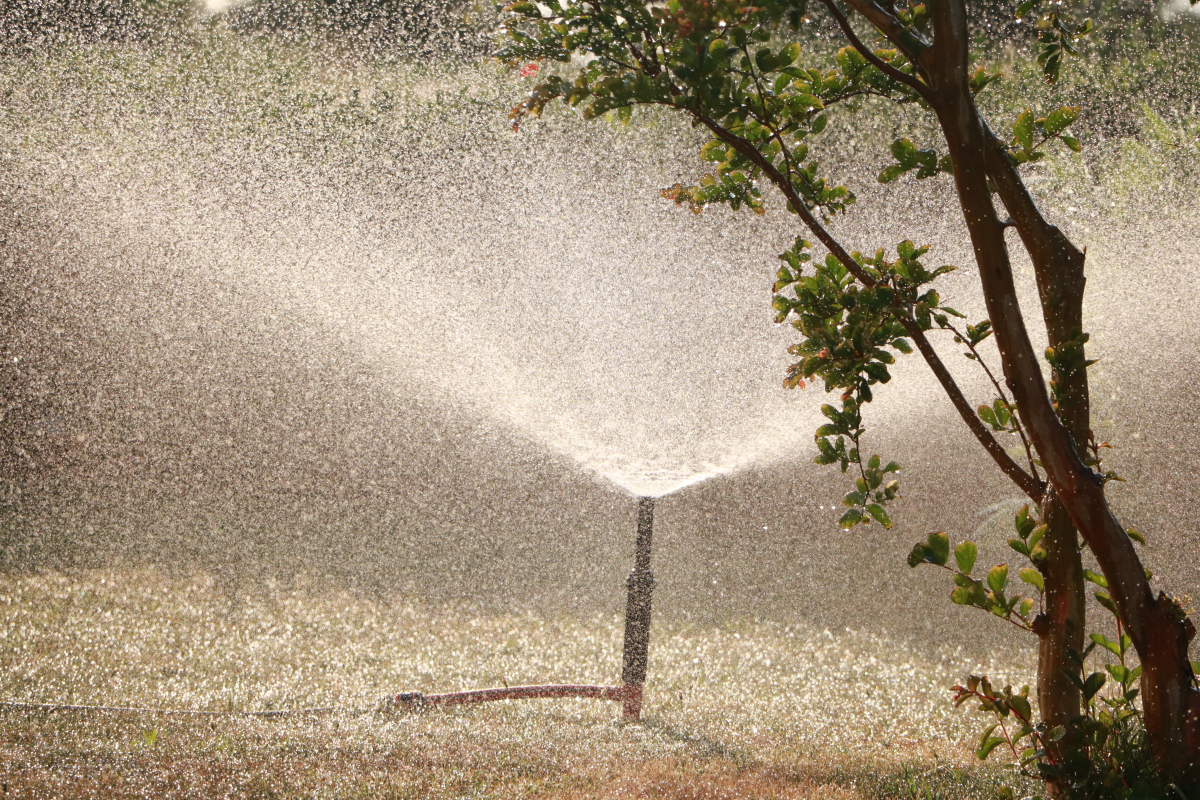How To Winterize A Sprinkler System: The Essential Step-by-Step Guide
As autumn ushers in its golden hues and the air takes on a crisp chill, the annual ritual of winterizing our homes and gardens begins. This is the time when we seal our windows against the cold, unearth our warmest sweaters, and prepare our gardens for the upcoming frosty months. Amidst these seasonal preparations, a critical yet often overlooked task is the winterizing of our sprinkler systems. Overlooking this important step can lead to unpleasant surprises, such as burst pipes and subsequent expensive repairs, disrupting our peaceful winter season. However, there’s no need to worry. We’re here to guide you […]
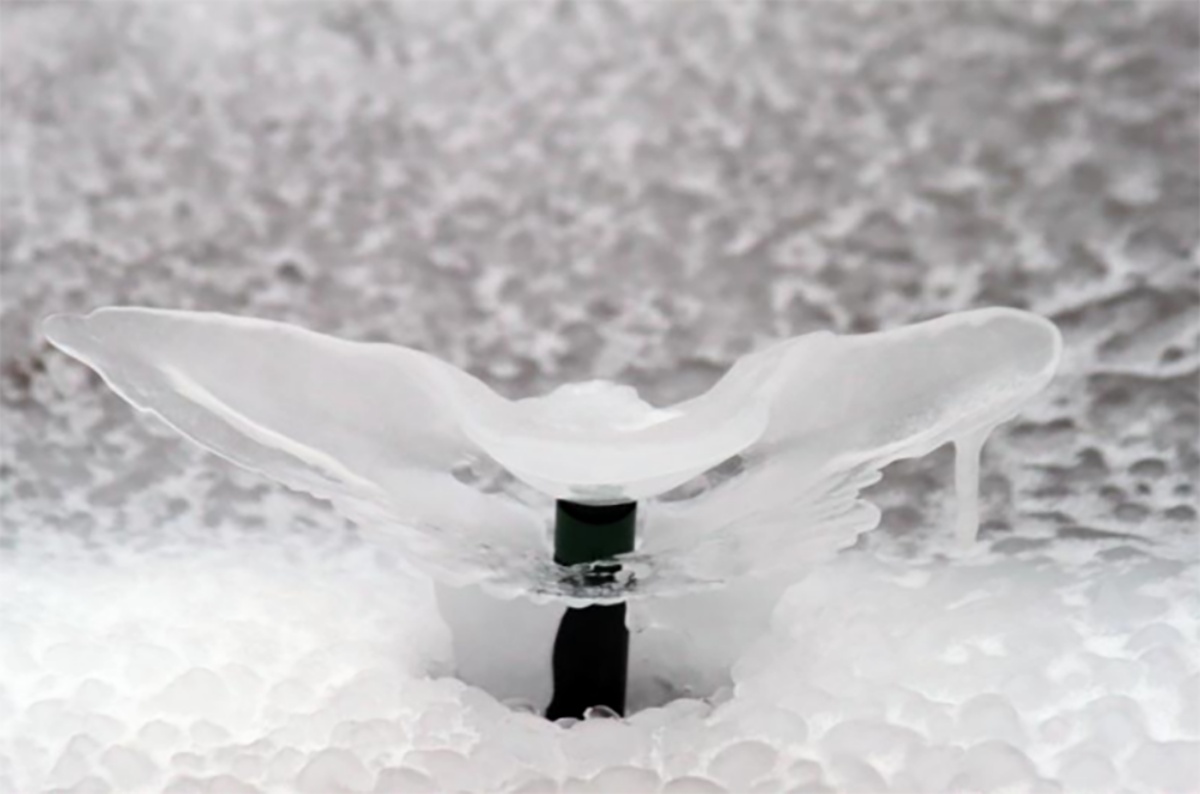
As autumn ushers in its golden hues and the air takes on a crisp chill, the annual ritual of winterizing our homes and gardens begins. This is the time when we seal our windows against the cold, unearth our warmest sweaters, and prepare our gardens for the upcoming frosty months. Amidst these seasonal preparations, a critical yet often overlooked task is the winterizing of our sprinkler systems. Overlooking this important step can lead to unpleasant surprises, such as burst pipes and subsequent expensive repairs, disrupting our peaceful winter season. However, there’s no need to worry. We’re here to guide you through a simple but vital process to protect your sprinklers from the cold’s harsh impact. Let’s turn this daunting task into a successful winter win. So, here is how to winterize a sprinkler system properly in order to avoid damage.
A critical yet often overlooked task is the winterizing of our sprinkler systems

Why Should You Winterize Your Sprinklers?
Winterizing your sprinkler system is crucial for protection. It’s guarding your greenery against the cold’s harsh effects. Water expands when frozen, a simple scientific fact. In your sprinkler system, this expansion can be destructive. Imagine unwanted ice gatherings happening inside the pipes. These gatherings can lead to pipe damage. Cracks and bursts become likely. Consequently, you’re faced with repairs and expenses come spring. Avoiding these issues is key. A little effort now saves a lot of trouble later. Think of winterizing as essential garden maintenance. It’s not just a task. It is a safeguard for your garden’s future.
Winterizing your sprinkler system is crucial for protection
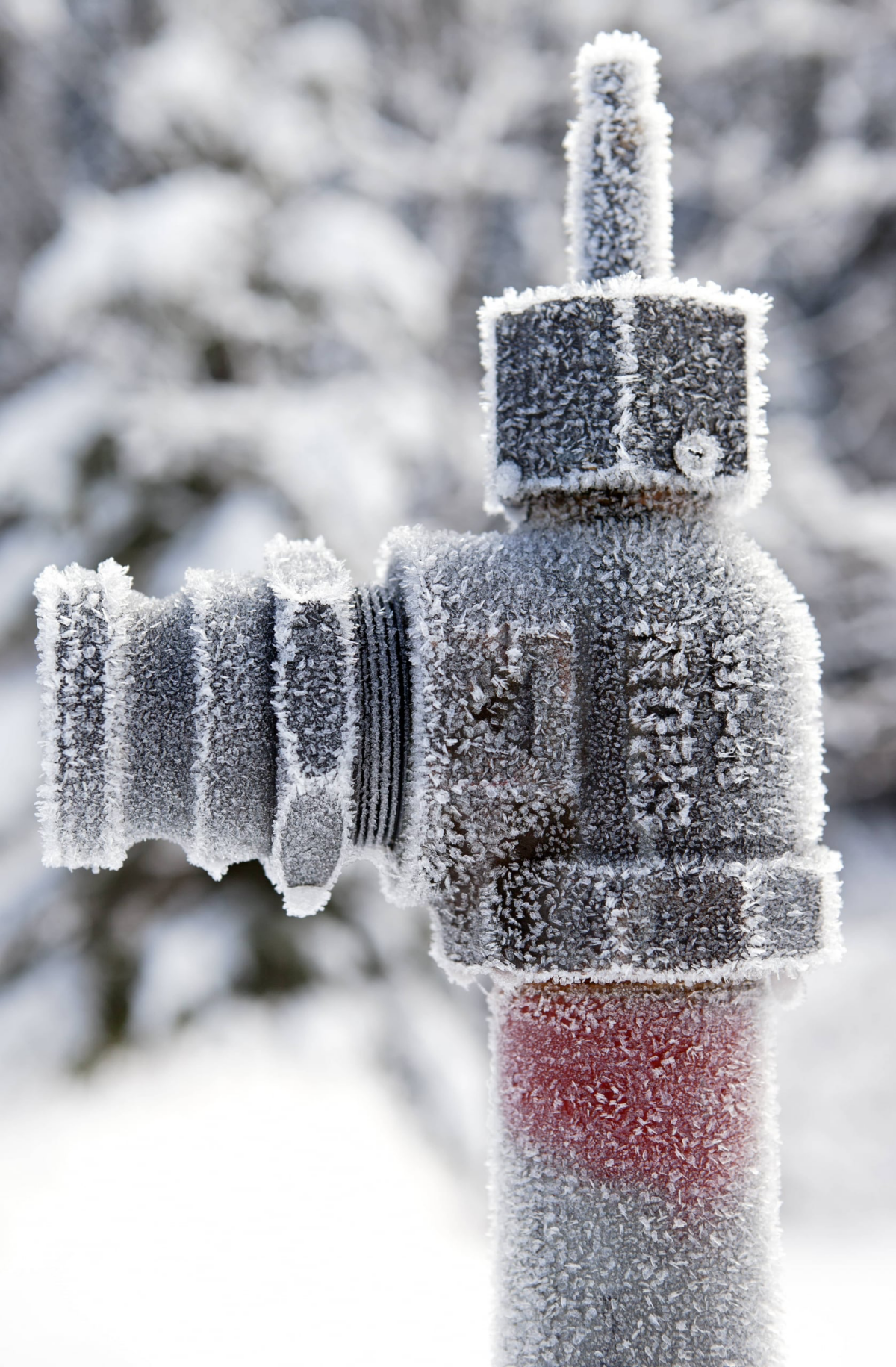
How To Winterize A Sprinkler System
As winter approaches, wrapping up your garden becomes a priority. But there’s one task that’s often overlooked – winterizing your sprinkler system. It’s more than a mere checkbox on your winter prep list. This process is crucial for safeguarding your garden’s lifeline against the freezing temperatures. When water left in pipes freezes, it expands. This can lead to serious damage in your sprinkler system. Imagine the stress of dealing with burst pipes and the unwelcome surprise of repair bills as the snow melts. But worry not. This guide will show you how to efficiently winterize your sprinkler system. It’s an easy, yet vital step to ensure your green haven springs back to life effortlessly after winter. So, let’s delve into this essential winter chore, turning a daunting task into a manageable and rewarding activity.
Wrapping up your garden becomes a priority as winter approaches
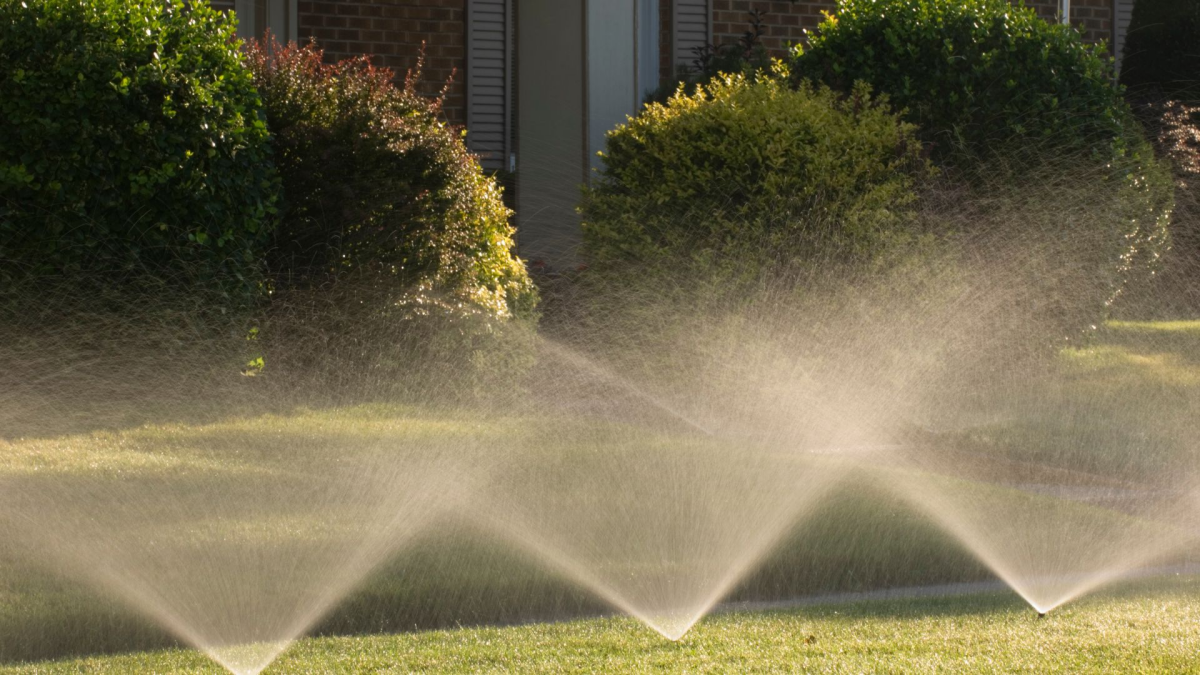
Step 1: Inspect the system
Before embarking on the winterization journey, a thorough inspection of your sprinkler system is crucial. This initial step is about being proactive rather than reactive. Check for leaks, damaged heads, or any wear and tear that the season’s use might have inflicted. This isn’t just about maintaining efficiency; it’s about preventing minor issues from snowballing into major winter woes. Repairing these problems in advance saves time, money, and the hassle of dealing with bigger repairs during the cold months. Consider this step as laying the groundwork for a smooth winterization process. It’s the perfect opportunity to address small fixes, ensuring your system is in top shape to withstand the winter. By tackling these issues now, you ensure a healthier system ready to spring back into action when warmer weather returns.
A thorough inspection of your sprinkler system is crucial
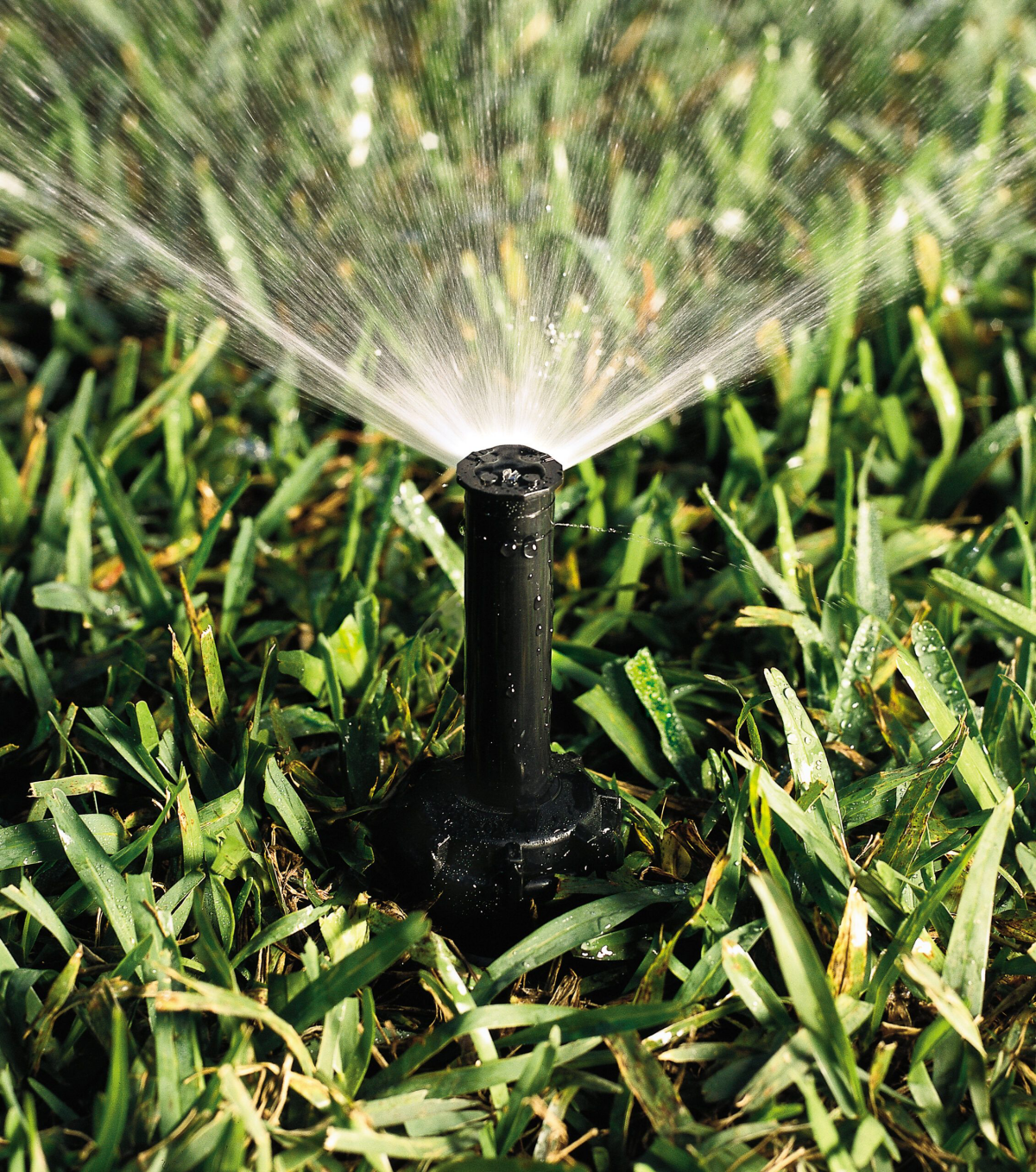
Step 2: Check the weather forecast
Timing in winterization is as crucial as the process itself. Keep a close eye on the weather forecast. The goal is to start winterizing after your garden’s growing season concludes, but before the frost sets in. This foresight is about striking a balance. Too early, and you might shortchange your garden’s watering needs. Too late, and you risk the first freeze damaging your system. It’s a delicate dance with nature, where being in tune with seasonal changes is key. Think of this step as syncing your winterization schedule with nature’s calendar. It’s about being aware and adaptive to the shifting weather patterns. This attentiveness ensures your system is prepped at the optimal time, safeguarding it against the unpredictability of early frosts.
Keeping a close eye on the weather forecast is a crucial step in how to winterize a sprinkler system

Step 3: Gather the necessary tools
Preparation is half the battle won. Gathering the necessary tools is a fundamental step in the winterization process. You’ll need a reliable air compressor, one with the right PSI settings to match your system’s specifications. Along with the compressor, fittings are essential to connect the compressor to your system. Don’t forget safety gear, like goggles and gloves. This step is about ensuring you have everything you need at arm’s reach. It’s like setting the stage for a seamless operation. Think of each tool as a key player in this winterization orchestra. Each has a role, and missing one can disrupt the harmony of the process. This preparation not only makes the task more efficient but also safer. With the right tools and safety gear, you’re ready to tackle the job with confidence and precision.
Gathering the necessary tools is a fundamental step in the winterization process
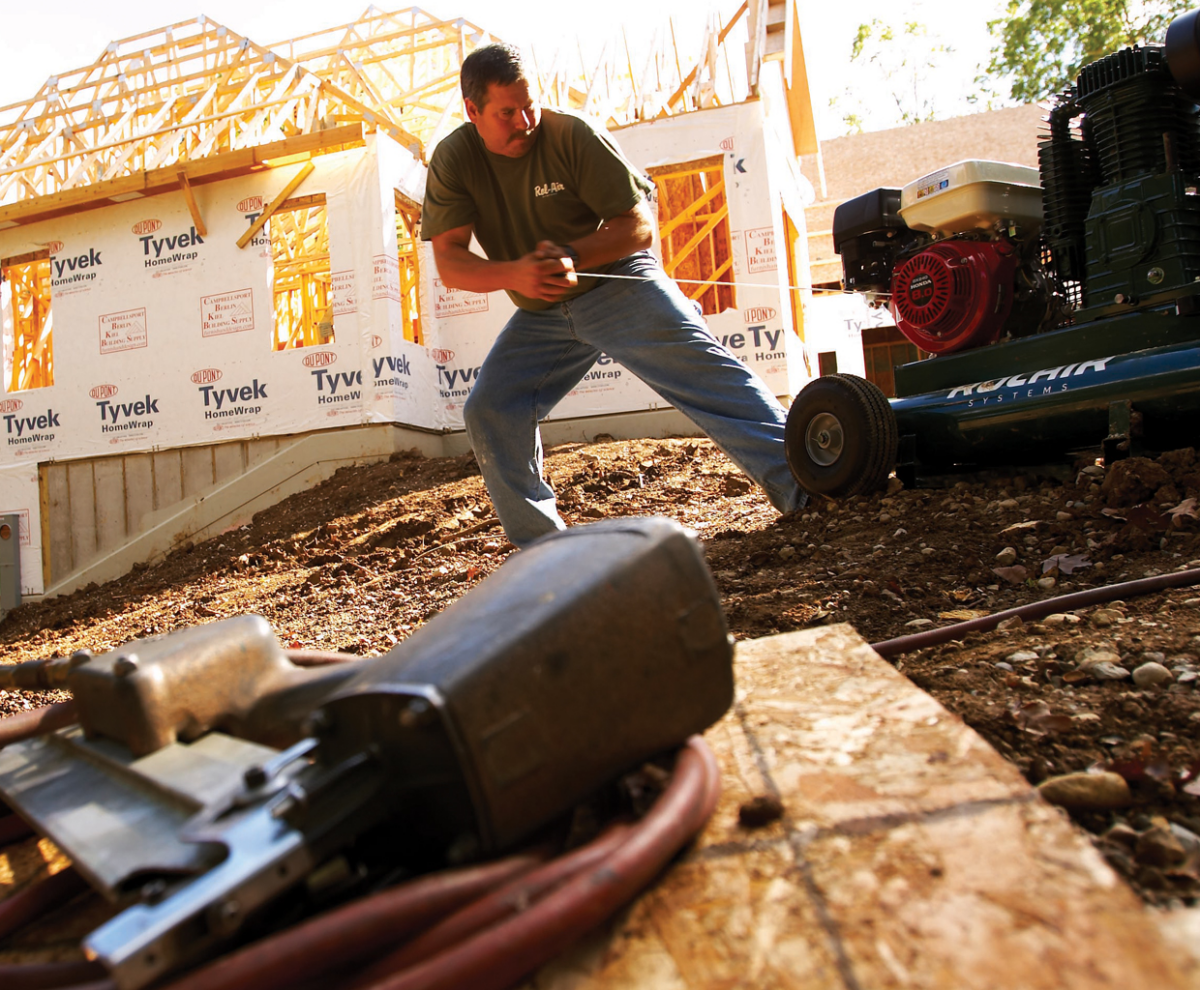
Step 4: Shut off the water supply
The first active step in the winterization process is shutting off the water supply. This action is simple but critical. Find the main valve that feeds water into your sprinkler system and turn it off. It’s akin to putting your system into hibernation mode. This shutdown is the primary line of defense against freezing damage. It ensures no new water enters your system during the winterization. Double-check to confirm it’s completely off. A partially closed valve can lead to complications. This step is the foundational block upon which the rest of the process builds. Think of it as the first domino in a chain reaction. Once this is done, you can proceed with the subsequent steps, knowing that your system is in a safe state for winterization.
Find the main valve that feeds water into your sprinkler system and turn it off
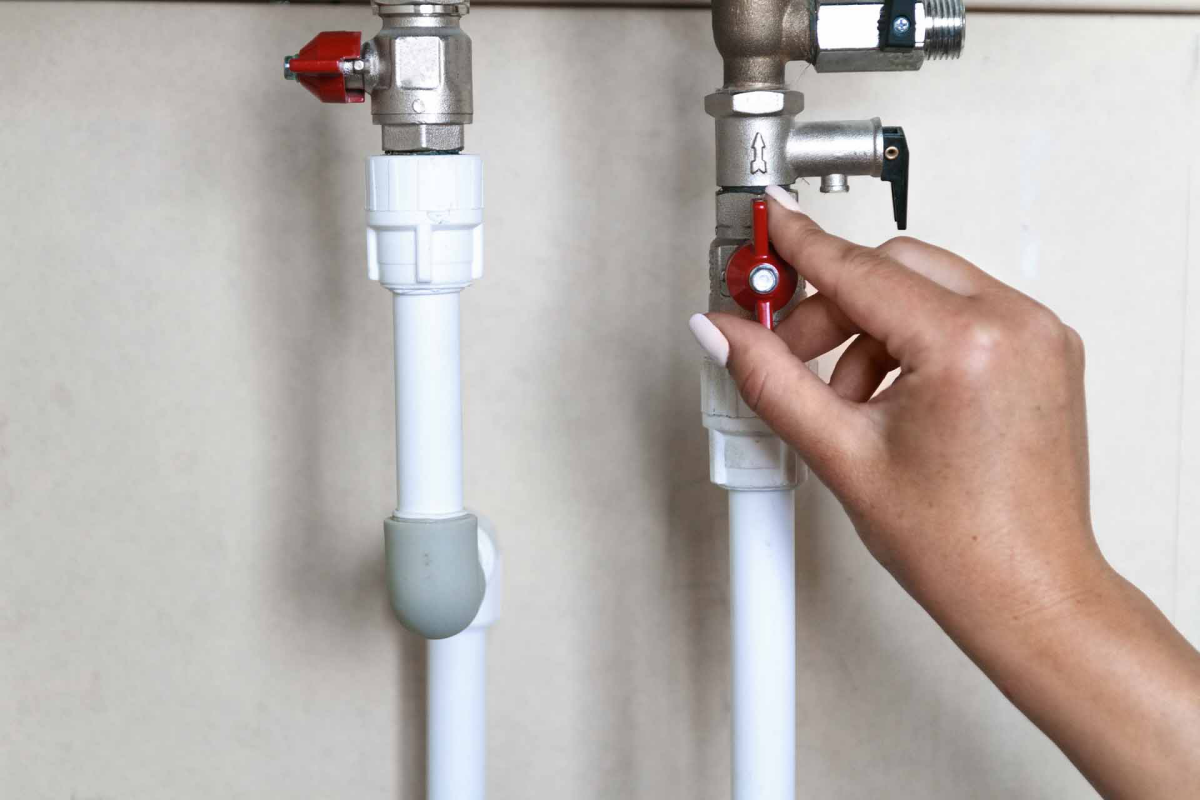
Step 5: Drain the pipes
With the water supply off, the focus shifts to draining the pipes. This step is vital to prevent water from freezing inside, which can cause pipe damage. Depending on your system, you may encounter either manual or automatic valves. Each type requires a different approach but the goal remains the same – ensure no water is left. This draining is a meticulous process. It’s about being thorough, ensuring every section is completely devoid of water. Even a small amount left behind can freeze and expand, leading to cracks. Patience is key here. Rushing through this step might leave some areas unattended. A fully drained system is a safeguard against freezing temperatures. This careful draining is an investment in the longevity and health of your sprinkler system.
This step in how to winterize a sprinkler system is vital to prevent water from freezing inside

Step 6: Isolate and drain backflow devices
In colder climates, special attention must be given to backflow prevention devices. These devices, crucial for keeping your water supply clean, are particularly susceptible to freezing. Isolating and draining them is a step that cannot be overlooked. It’s about giving these components extra care. Ensuring they are fully drained and protected is a proactive measure against the cold. In some cases, additional insulation may be necessary. This task, while seemingly small, plays a significant role in the overall health of your irrigation system. Think of it as fortifying a critical checkpoint in your sprinkler setup. By isolating and draining these devices, you’re not just preventing freeze damage. You’re also maintaining the integrity of your water supply.
In colder climates, special attention must be given to backflow prevention devices

Step 7: Compress air blow-out
The air blow-out is a crucial phase in winterizing your sprinkler system. Connect your compressor and methodically blow air through each zone. This process clears out any residual water in the pipes. It’s essential to monitor the air pressure – keep it below 50 PSI to avoid damaging the system. Think of this step as a thorough internal cleanse. It’s about ensuring every nook and cranny of your system is free from water. This precaution is pivotal in preventing freeze damage. It’s a meticulous but necessary process. Each zone requires attention to detail, ensuring that the entire system is adequately cleared. A complete and careful blow-out is your best defense against the cold, ensuring your system remains intact and functional.
The air blow-out is a crucial phase in winterizing your sprinkler system
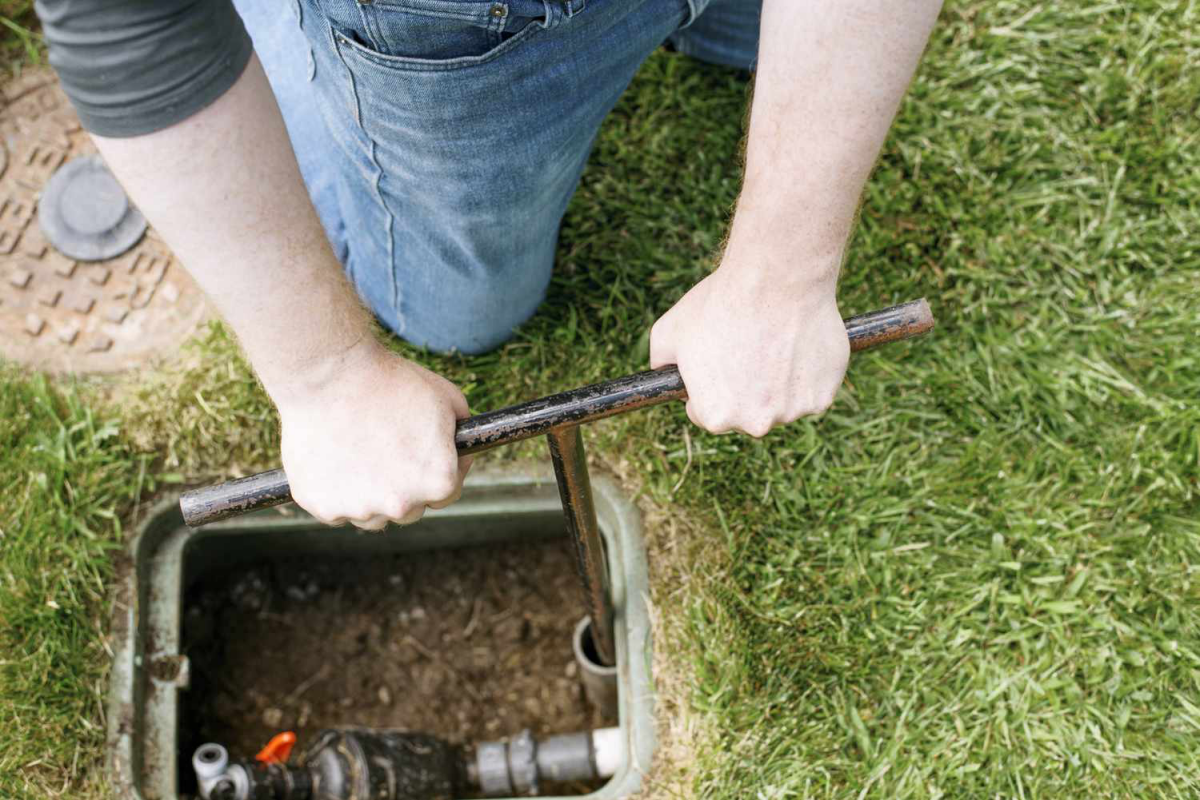
Step 8: Winterize the controller
Modern sprinkler systems often include a smart controller or timer. This component too needs winterizing. Switch it to ‘rain mode’ or ‘off mode’. This step conserves energy and protects the controller during the off-season. It’s a small but significant action. It extends the life of your controller, ensuring it’s ready for the next season. This step is about the brains of the operation. Just as the physical components require care, so does the controlling mechanism. By winterizing the controller, you’re ensuring that the entire system – both hardware and software – is set for the winter. This step might seem minor, but it plays a crucial role in the holistic care of your sprinkler system.
Modern sprinkler systems often include a smart controller or timer
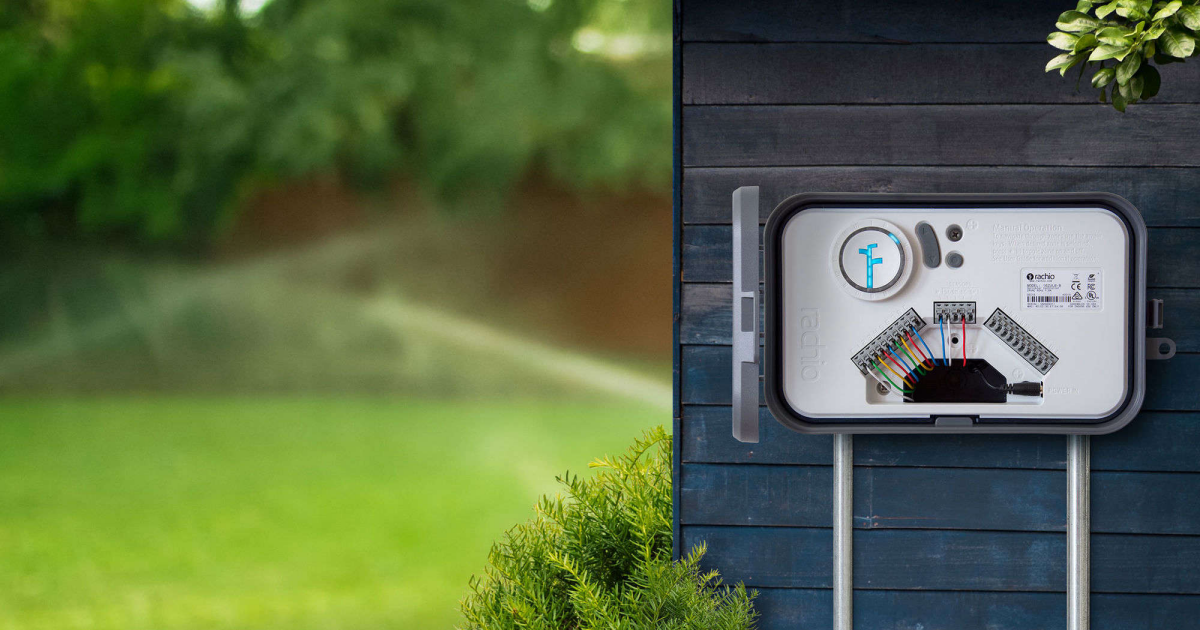
Step 9: Inspect and cover above-ground components
After completing the blow-out, inspect your system once more. Look for any signs of damage or wear. This second inspection ensures that no new issues have arisen during the winterization process. Then, cover any exposed or above-ground components. This covering is a protective measure. It shields these parts from the elements, preventing damage from frost, snow, and ice. Think of it as the final layer of defense. This step wraps up the winterization process. A well-covered system is more likely to endure the winter unscathed. It’s the last piece of the puzzle, ensuring your sprinkler system remains safe and sound, ready to spring back into action when the warmer weather returns.
Check out this simple guide on how to winterize a sprinkler system
Common Misconceptions About Winterizing Sprinklers
One widespread myth is that winterizing sprinkler systems is unnecessary in milder climates. This belief can lead to costly mistakes. Even in areas with less severe winters, temperatures can unexpectedly dip below freezing. When this happens, any water remaining in the system can freeze and cause damage. Another common misconception is the idea that sprinkler systems can self-drain completely. While some systems are designed with self-draining features, they often don’t remove all the water. A small amount of residual water can still freeze and expand, risking damage to the pipes. It’s important to understand that winterizing is crucial, regardless of climate. A thorough manual drainage or blow-out method ensures that no water is left behind to freeze and cause harm.
It is a myth that winterizing sprinkler systems is unnecessary in milder climates

The Science Behind Freezing Water and Pipe Damage
The science of why water causes pipes to burst when it freezes is rooted in a basic physical principle: water expands upon freezing. When water turns into ice, its volume increases by about 9%. This expansion exerts significant pressure inside the pipes. Most pipes, especially those in sprinkler systems, are not designed to withstand such pressure. Consequently, the expanding ice pushes against the pipe walls. If the pressure becomes too great, it can lead to cracks or even burst the pipe. This issue is particularly problematic in sprinkler systems, as they often have numerous sections and joints susceptible to damage. Understanding this scientific basis highlights the importance of thoroughly removing water from sprinkler systems before the onset of freezing temperatures to prevent costly and inconvenient damage.
The science of why water causes pipes to burst when it freezes

Safety Tips For Handling Tools and Equipment
When winterizing your sprinkler system, handling tools and equipment safely is paramount. For instance, when using a compressor, always wear protective gear like safety glasses and ear protection, as the process can be loud and might project debris. Ensure that the compressor’s pressure settings align with your system’s specifications to avoid pipe damage. Familiarize yourself with the equipment’s manuals and understand their proper usage before starting. Keep your work area clear to avoid tripping hazards, especially when handling hoses or electrical cords. If you’re not confident in your ability to use these tools, consider hiring a professional. Remember, taking preventive safety measures not only protects you but also ensures the longevity and effectiveness of your sprinkler system.
Handling tools and equipment safely is paramount when it comes to how to winterize a sprinkler system
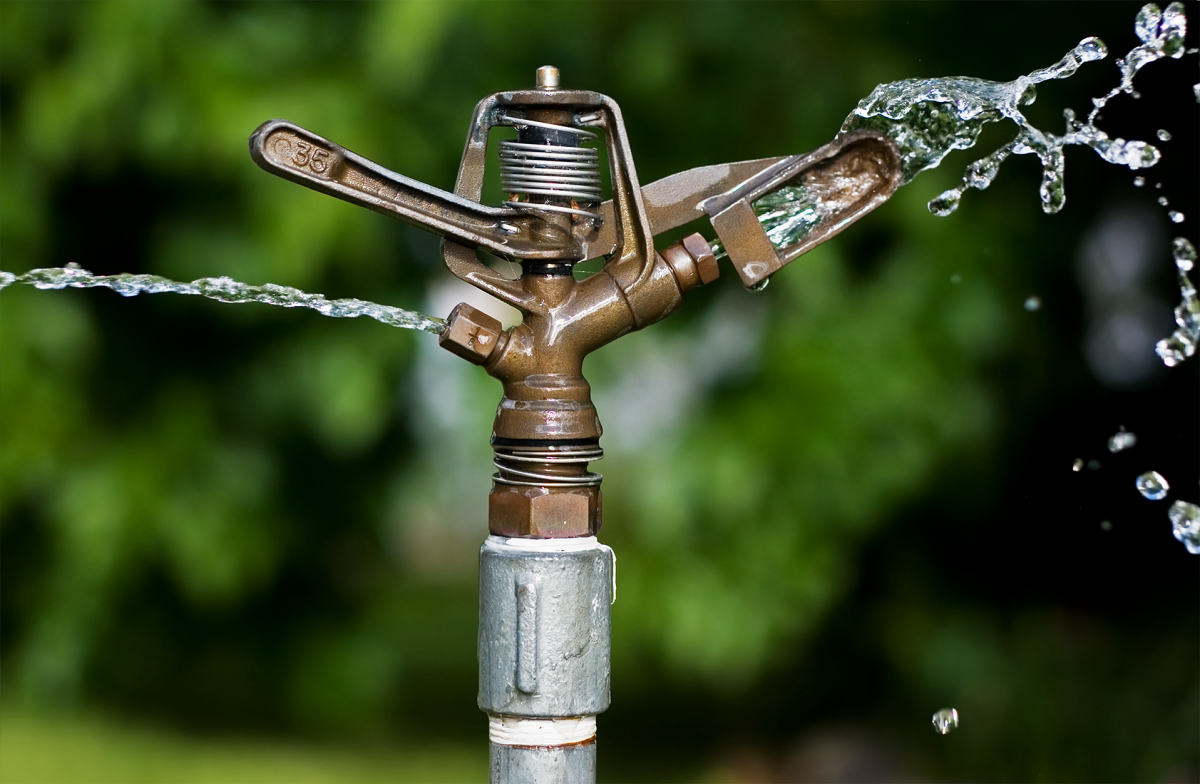
The Good Environmental Impact of Winterizing Your Sprinklers
Proper winterization of your sprinkler system can have a positive impact on the environment. By efficiently preparing your system for the cold months, you prevent potential leaks and bursts that not only lead to water wastage but also can contribute to soil erosion and water pollution. Efficient winterization ensures that your system operates at optimal levels, reducing the need for excess water usage when the system is reactivated. Furthermore, by maintaining your system well, you extend its lifespan, reducing the environmental impact of manufacturing and disposing of system components. Environmental responsibility in garden care includes not just the plants you grow, but also how you maintain the tools and systems that support your garden.
Proper winterization of your sprinkler system can have a positive impact on the environment

Tips For Troubleshooting Common Issues
In the process of winterizing your sprinkler system, encountering minor issues is common. If you find a valve that won’t close, check for any debris that might be obstructing it. When using an air compressor, if you notice that a zone isn’t clearing out water, ensure the compressor’s pressure is correctly set and the valve is fully open. Sometimes, manual draining might be required if the compressor can’t clear a zone. If you find minor leaks or damage, mark these spots for repair once the winter is over. Remember, while troubleshooting is effective for small issues, seeking professional help is advisable for more complex problems to prevent further damage to your system.
Encountering minor issues is common
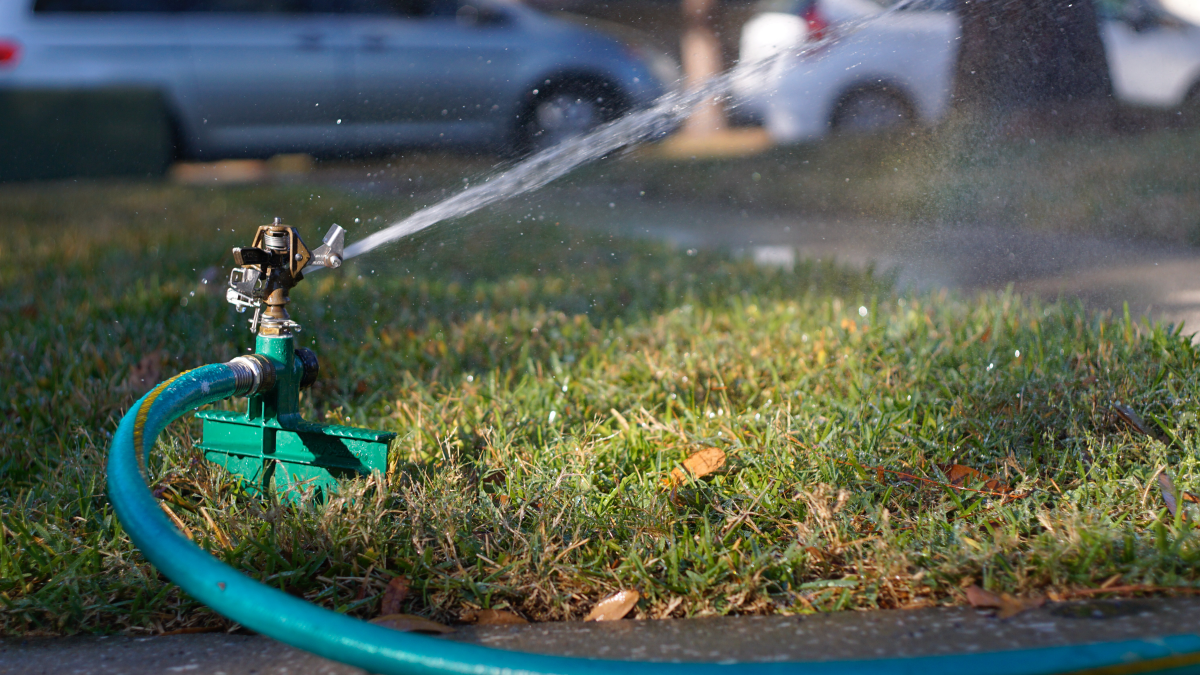
See? That wasn’t so bad. You’ve just become a winter warrior for your sprinkler system. Come spring, you’ll be rewarded with a fully functioning system, ready to bring life back to your garden. Remember, winterizing your sprinkler system is more than just a chore; it’s an act of care for your home and garden. So, give yourself a pat on the back – you’ve just aced Winter Prep 101!
Now you know how to winterize a sprinkler system
